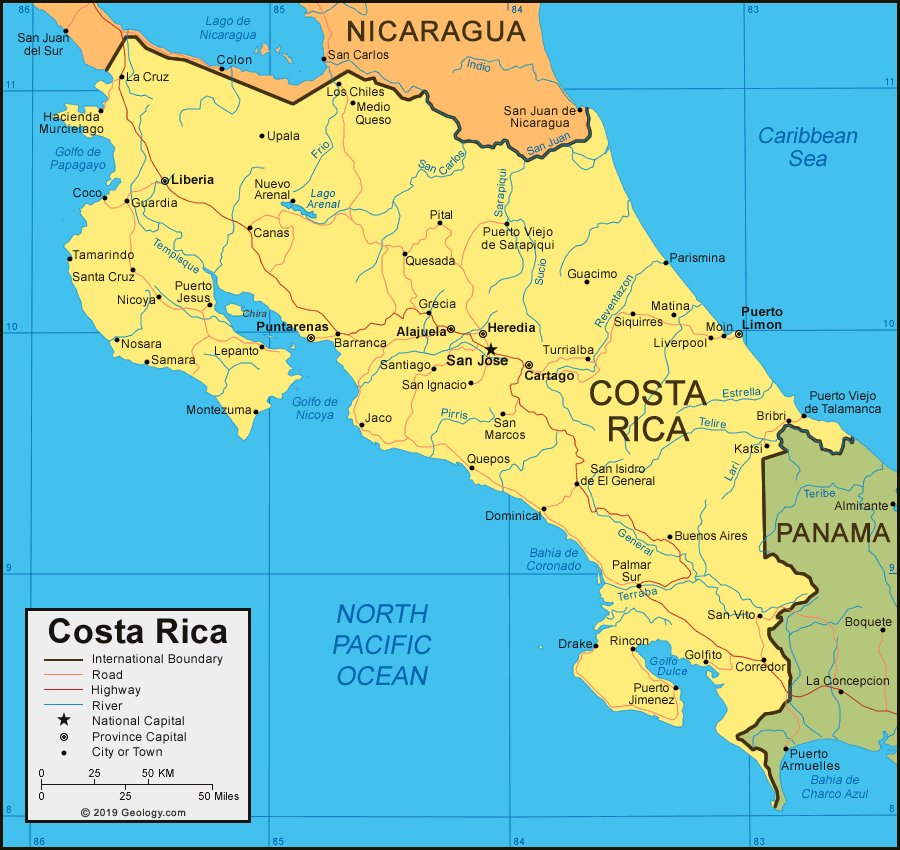“Coast-to-Coast in Costa Rica” by Mike Barton

Costa Rica is a remarkable society of fellow humans that has embraced its natural environment as its legacy. Those who reside in such a paradise do not have to be convinced of the impossibility of survival outside of nature. Blessed with a paucity of the shiny metals that secured the dubious future of Central American countries to the north, Costa Rica has instead chosen to bank on its staggering natural beauty. A bi-coastal country with diverse lowlands separated by mountain ranges crested by still-simmering volcanoes, Costa Rica has designated over 25% of its domain for conservation. Encompassing one of the most biodiverse places on earth, a large chunk of the globe’s biota remains there for your viewing pleasure, hopefully secure for future generations.
My wife Chris and I participated in a tour of Costa Rica sponsored by Oregon State University, where we received our graduate degrees in fisheries and oceanography. We had the opportunity to sample the natural riches of this country on a 14-day journey that started on a stretch of the Caribbean coast perhaps best known as a destination resort for sea turtles, but home to a bewildering array of plant and animal life in the coastal streams, lagoons, and estuaries. After a couple of days of exploring these backwaters from an ecotourism lodge situated an hour’s boat ride up the Laguna del Tortuguero, we returned to San Jose to commence exploration of the central highlands. Our initial destination was to be Poas Volcano National Park, but volcanic activity has kept the park closed. Instead we visited Irazu Volcano National Park. Here, we were able to view topographies at around 11,000 feet created by volcanic activity as recent as 25 years ago.
Moving northwesterly along the central cordilleras, we visited the Arenal region, where we were hosted by a local elementary school that treated us to traditional Costa Rican dances. We savored the flora and fauna of the central highlands via canopy walks and a visit to a local biological preserve. From there we ascended to the cloud forests of Monteverde. Though personally not a birder in the life-list sense, I do know that the resplendent quetzal is high on said list. We were able to get a good look at one of these magnificent, but elusive birds while hiking through the cloud forest.
From the highlands, we descended down to the hot and dry plains of Guanacaste on the country’s Pacific coast, staying near the town of Tamarindo. While our trip started with a bounty of life among the backwaters and lagoons of Tortuguero, we finished up cruising the Tempisque River – a different type of wetland as the river courses through a more arid landscape. Life flourishes here as well. We experienced a waterway that fully earns the sobriquet “crocodile-infested”. We departed for home from the town of Liberia. The new airport there is strategically located to serve the burgeoning tourist trade among the naturalists and surfers that have made Tamarindo and other towns along the Pacific shores a favorite destination.



















